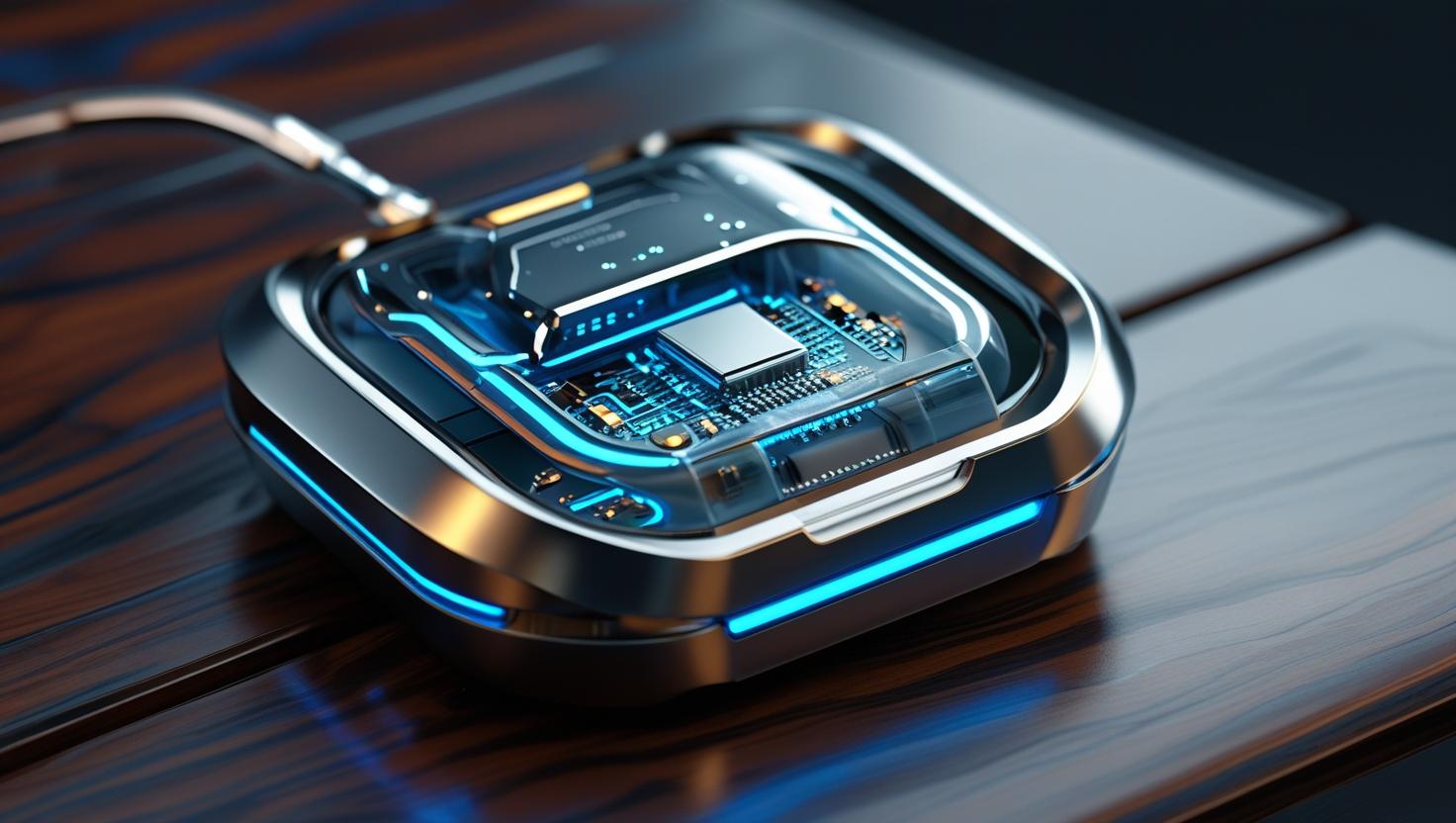The biosensor market growth is gaining significant momentum as healthcare, biotechnology, and industrial sectors increasingly rely on real-time diagnostics to improve outcomes and efficiency. With technological advancements in nanotechnology, wearable devices, and point-of-care testing, biosensors are rapidly moving from specialized labs into everyday applications. This acceleration highlights a transformative shift in how biological data is captured, analyzed, and used across industries.
Driving Factors Behind Biosensor Market Growth
The primary driver of biosensor market growth is the growing demand for real-time, accurate, and portable diagnostic solutions. In healthcare, the rise of chronic diseases such as diabetes and cardiovascular disorders has amplified the need for continuous monitoring devices. Biosensors provide patients and doctors with instant insights into glucose levels, heart activity, and other vital metrics, helping to improve disease management.
Beyond healthcare, industries such as food safety and environmental monitoring are also contributing to biosensor market growth. From detecting pathogens in food supplies to monitoring pollutants in water and air, biosensors are expanding their impact in non-medical domains.
Role of Technology in Accelerating Adoption
Technological innovation is another key catalyst for biosensor market growth. The integration of nanomaterials, microfluidics, and advanced data analytics has improved sensitivity and reduced costs, making biosensors more accessible. Wearable biosensors, for example, are now embedded in fitness trackers and smartwatches, enabling consumers to monitor health in real time. Meanwhile, advanced biosensors in laboratories support pharmaceutical research and accelerate the development of personalized medicine.
The global biosensors market growth is expected to grow from USD 34.51 billion in 2025 to USD 54.37 billion by 2030, registering a CAGR of 9.5% during the forecast period. Biosensors are advanced semiconductor devices that detect biological responses and convert them into electrical signals using a combination of biological recognition elements (bioreceptors) and physicochemical transducers. The market is being driven by strong growth opportunities across environmental monitoring, food safety, and the rapidly expanding wearable health device sector.
Download PDF Brochure @ https://www.marketsandmarkets.com/pdfdownloadNew.asp?id=798

Opportunities for the Future
The future of biosensor market growth lies in combining real-time diagnostics with artificial intelligence (AI) and the Internet of Things (IoT). Connected biosensor networks will provide continuous health data streams, enabling predictive analytics for early disease detection. Additionally, the demand for minimally invasive and non-invasive monitoring solutions will expand the market across emerging economies where access to advanced healthcare is limited.
Challenges Ahead
Despite the promising outlook, some barriers could slow biosensor market growth. High development costs, regulatory hurdles, and the need for robust data security in healthcare remain significant challenges. However, ongoing investments in research and supportive government policies are expected to mitigate these obstacles.
The accelerating biosensor market growth underscores the critical role of real-time diagnostics in modern healthcare and beyond. As industries embrace advanced biosensing technologies, opportunities will continue to expand in medical, environmental, and industrial applications. With the convergence of biosensors, AI, and IoT, the market is poised to not only transform diagnostics but also redefine how data-driven insights improve human health and global sustainability.
Frequently Asked Questions (FAQ)
1. What is driving biosensor market growth?
Biosensor market growth is primarily driven by the rising demand for real-time diagnostics in healthcare, the increasing prevalence of chronic diseases, and the expansion of biosensor applications in food safety, environmental monitoring, and biotechnology.
2. How are biosensors used in healthcare?
In healthcare, biosensors enable real-time monitoring of glucose levels, cardiovascular activity, infectious diseases, and other health indicators. They improve patient outcomes by offering instant and reliable diagnostic data, which directly contributes to biosensor market growth.
3. Beyond healthcare, which industries are contributing to biosensor market growth?
Biosensors are increasingly used in food quality testing, environmental monitoring, and industrial biotechnology. These applications are broadening the market reach and fueling biosensor market growth beyond medical diagnostics.
4. What technologies are shaping the future of biosensor market growth?
Nanotechnology, microfluidics, wearable electronics, and data analytics are key technologies boosting biosensor market growth. Integration with AI and IoT is expected to further accelerate adoption and expand future opportunities.
